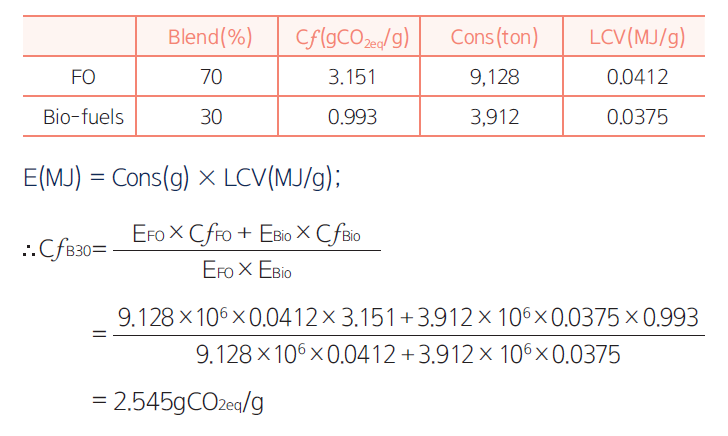Regulatory Updates
KR Decarbonization Magazine
VOL.04 | autumn 2023
MEPC 80 Key Highlights

1. The uptake of zero or near-zero GHG emissions technologies, fuels and/or energy sources is expected to increase
The revised 2023 strategy for reducing greenhouse gas (GHG) emissions from international shipping includes the adoption of technologies, fuels, and energy sources that produce zero or near-zero GHG emissions. Consequently, we can anticipate that upcoming discussions will focus on the development of mid-term measures.
In addition to the levels of ambition above, the indicative checkpoint for the 20~30% reduction of GHG emissions from international shipping by 2030 will be implemented at the same time as the current 40% carbon intensity reduction requirements. This means that future decisions on the remaining carbon intensity reduction factors for the years 2027 to 2030, which were left blank, will be significantly affected and further strengthened reduction factors will likely be introduced.
2. Relationship between Bio-fuels and Carbon Intensity Indicator(CII)
MEPC 80 approved MEPC.1/Circ.905 which provides the possibility to improve the carbon intensity of international shipping by using sustainable bio-fuels. Eligible Bio-fuels have to have been certified by an international certification scheme such as ISCC, RSB etc. Their well-to-wake GHG intensity values must not exceed 33 gCO2eq/MJ, and they may be assigned a Cf equal to the value of the well-to-wake GHG emissions of the fuel by multiplying its lower calorific value (LCV). Therefore, the following scenario can be expected:
